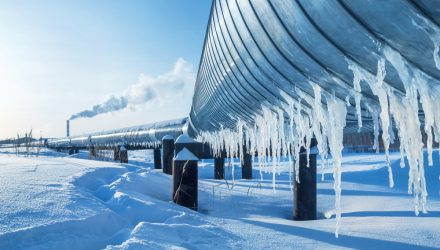The Russia-Ukraine conflict has global implications across market sectors. Looking at midstream, there are several near- and long-term implications for the industry.
In the near term, rising oil and natural gas prices are positive for the industry. Midstream’s largely fee-based business model limits the direct upside from higher commodity prices, but broadly, rising oil and natural gas prices are supportive for energy sentiment and generate more interest in the sector, Stacey Morris, CFA, director of research at Alerian, said.
Beyond commodity-driven improvement in sentiment, energy infrastructure is also attractive today for multiple reasons, including robust free cash flow generation supporting widespread buyback activity.
Additionally, generous income enhanced by recent examples of dividend growth across the space and the second straight cut-free quarter for midstream dividends attracts investors to the space, Morris said.
As of February 25, the Alerian MLP Infrastructure Index (AMZI) is yielding 7.4%, and the Alerian Midstream Energy Select Index (AMEI) is yielding 6.2%.
Alongside the conflict in Ukraine, inflation is top-of-mind for investors, and midstream’s constructive positioning in periods of inflation will help to propel the sector forward. Beneficial real asset exposure and contracts typically have annual inflation adjustments, Morris said.
“At a more micro level, Cheniere raised its 2022 EBITDA guidance by 20% [on February 24] with the stronger LNG market one of the contributing factors,” Morris said. “Cheniere Partners raised its 2022 distribution guidance by $1 to $4-4.25/unit.”
Looking at intermediate- and long-term implications for the sector, sustained high oil prices above $100 a barrel could incentivize a greater production response from the U.S. and lead to more volumes for energy infrastructure companies to handle, according to Morris.
“The current situation could incentivize European LNG customers to sign up for long-term purchase agreements from US LNG facilities, some of which may still be under development and needing contracts to proceed with construction,” Morris said. “This would in turn support more gas production volumes from the US, requiring more energy infrastructure or driving more volumes through existing assets, which would benefit midstream.”
Investors looking to bolster their portfolios with midstream exposure should consider the Alerian Energy Infrastructure ETF (ENFR) and the Alerian MLP ETF (AMLP).
For more news, information, and strategy, visit the Energy Infrastructure Channel.

